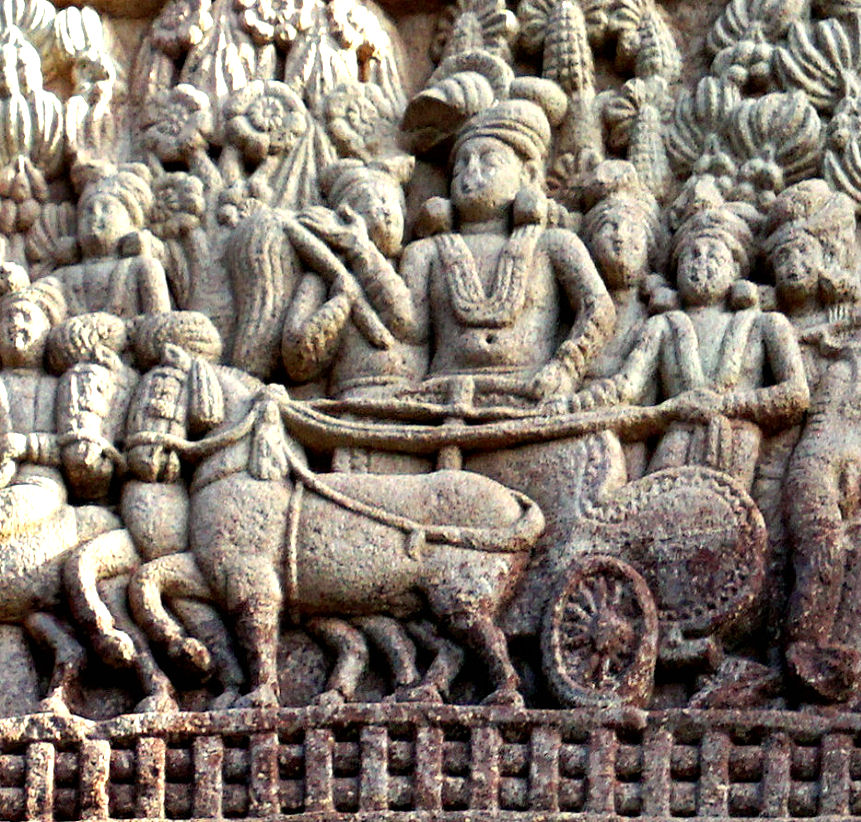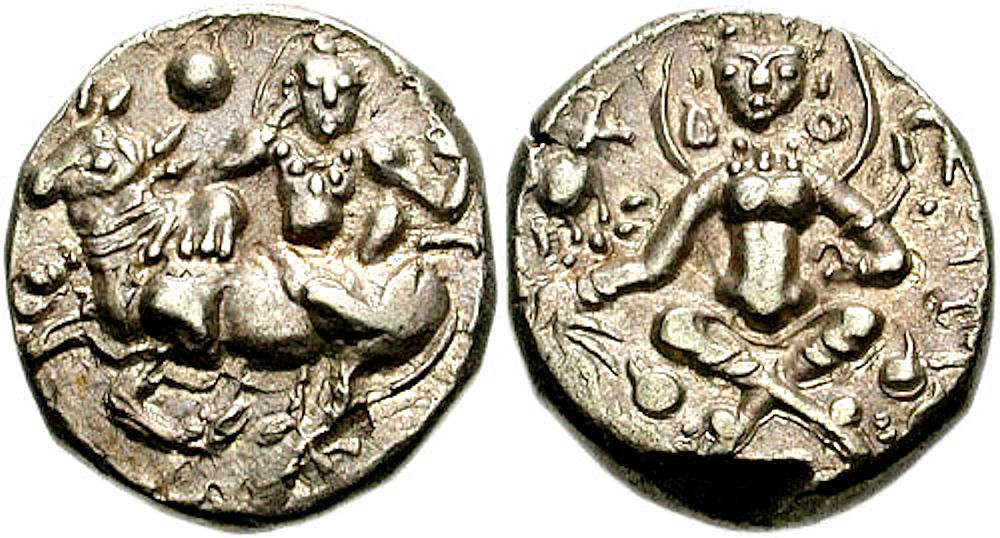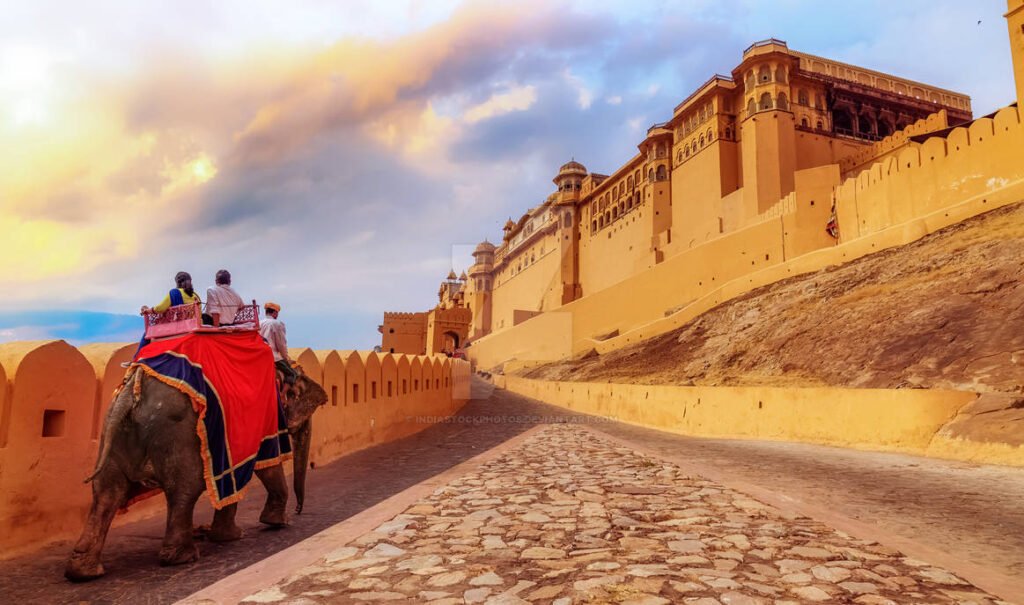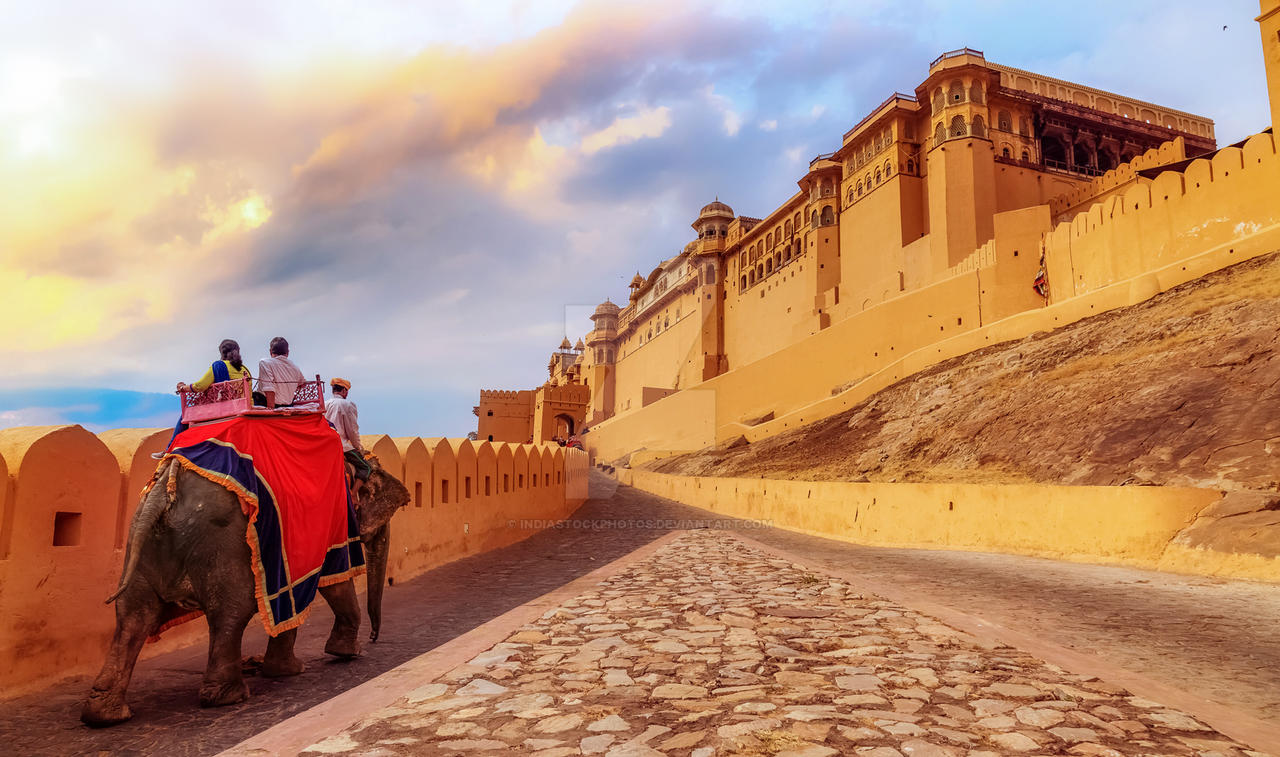The Rich Legacy of India’s Ancient Historical Science
India’s ancient history is a treasure trove of scientific discoveries, architectural marvels, and innovative advancements that continue to fascinate and inspire us today. From the intricate knowledge of astronomy and mathematics to the grandeur of architectural wonders, this diverse country has left an indelible mark on the world.
 Ancient Indian Architecture: A Testament to Ingenuity
Ancient Indian Architecture: A Testament to Ingenuity
Indian architecture is renowned for its breathtaking beauty and intricate craftsmanship. The country is home to numerous architectural wonders that have stood the test of time. From the awe-inspiring temples of Khajuraho to the majestic forts and palaces of Rajasthan, each structure tells a story of the rich cultural heritage and architectural brilliance of ancient India.
The Scientific Advancements of Ancient India
Ancient India was a hotbed of scientific discoveries and innovations. The contributions of Indian scientists and scholars in the fields of mathematics, astronomy, and medicine are well-documented. The concept of zero and the decimal system, which revolutionized mathematics, originated in ancient India. The ancient astronomers accurately calculated the movement of celestial bodies, while Ayurveda, the traditional Indian system of medicine, provided holistic healing methods that are still practiced today.

Innovation in Ancient India: From Metallurgy to Textiles
Innovation was not limited to science and architecture in ancient India. The country was a pioneer in various fields, including metallurgy and textiles. The Iron Pillar of Delhi, which has stood for over a thousand years without rusting, is a testament to the advanced metallurgical techniques of ancient India. Additionally, the intricate art of weaving and dyeing fabrics, such as the famous Kanchipuram silk sarees, showcases the expertise and creativity of ancient Indian artisans.

Preserving and Celebrating India’s Ancient Heritage
It is essential to preserve and celebrate India’s ancient historical science, architecture, and innovation to ensure that future generations can appreciate and learn from this rich legacy. Efforts are being made to restore and protect ancient monuments, promote traditional arts and crafts, and revive ancient scientific knowledge. Museums and cultural institutions play a crucial role in showcasing the achievements of ancient India, allowing visitors to immerse themselves in the wonders of the past.
Conclusion
India’s ancient historical science, architecture, and innovation have left an indelible mark on the world. The scientific discoveries, architectural marvels, and innovative advancements of ancient India continue to inspire and awe us. By preserving and celebrating this rich heritage, we ensure that the legacy of ancient India lives on for generations to come.




